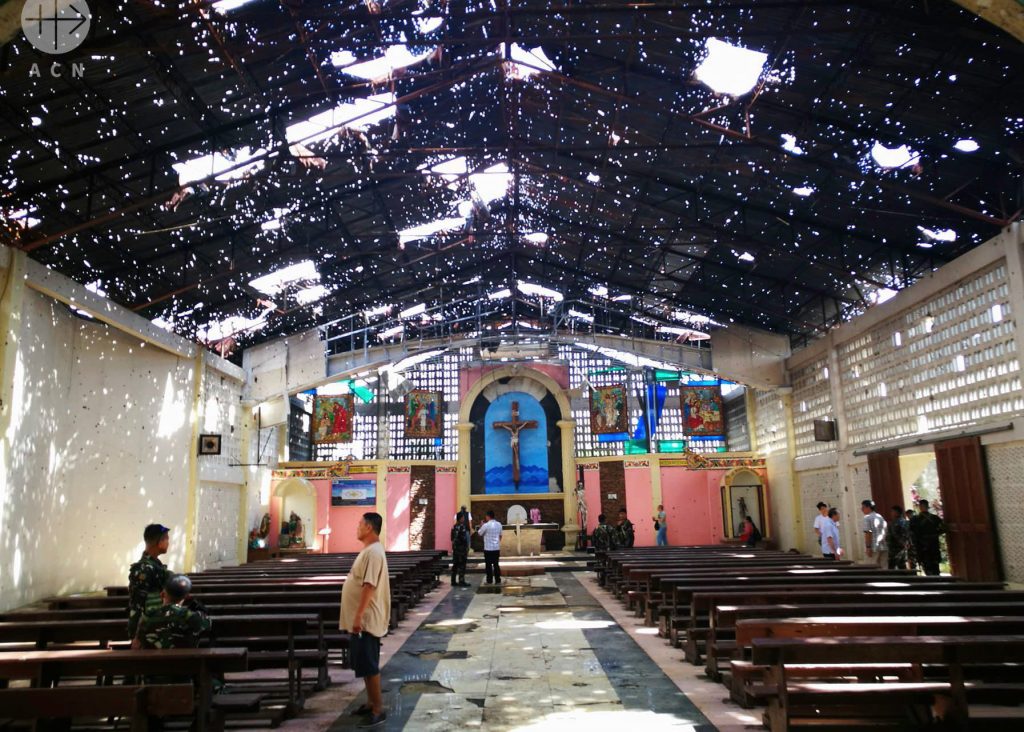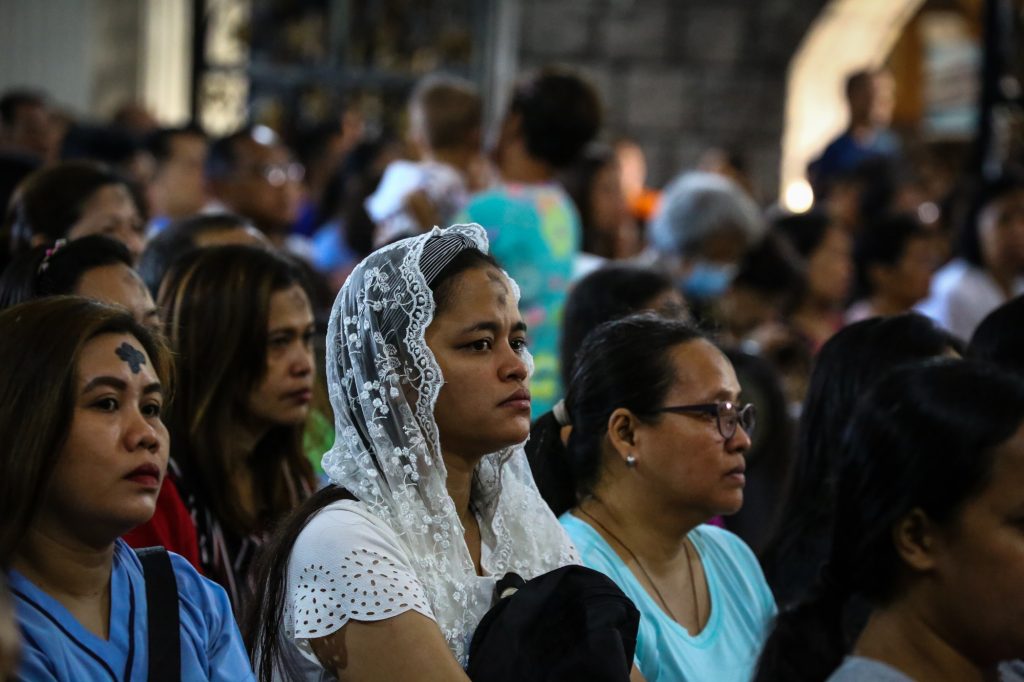
“Destroy this temple and in three days I will raise it up.” This line in today’s Gospel reminds me of a story about the turning point in the life of St. Francis of Assisi.
We are told that after he returned from war, traumatized and disillusioned, he found himself walking without direction one day, along the hills of Umbria. He entered the ruined Church of San Damiano and looked up and saw above the altar an icon of the cross with the image of Christ painted on it in the Byzantine style.
He felt like the eyes of Jesus locked him in a stare and he found himself asking, “Lord, what do you want me to do with my life?”
And the answer that he got was “Francis, go and rebuild my church which, as you see, is falling apart.” He took it literally and rebuilt the ruined Church of San Damiano stone by stone with the help of his friends, only to realize later on that the Lord had meant it figuratively.
During that time when the Church had deteriorated into a worldly empire and Church leaders were behaving like emperors, princes and governors, Francis became a prophetic countersign. He became the humble but strong voice of renewal in the Catholic Church — long before the second Vatican Council. He and his contemporary, St. Dominic, who both established their mendicant religious orders, are now listed among the great reformers of the Church.
In today’s Gospel, John tells us that, after Jesus drove away the people who were “making the Father’s house into a marketplace” he also said, “Destroy this temple and in three days I will raise it up.”
Some of the people who heard him reacted and said, “It took 46 years for this temple to be reconstructed and you will rebuild it in three days?” But John would say, by way of a parenthetical remark that Jesus was actually referring to the “temple of his body.”
Just a few days ago, we celebrated the dedication of a new Church in one of our parishes in Navotas. In my homily, I reminded the parishioners that for us, Christians, our chapels, shrines, and parish Churches are no longer to be regarded as “temples.” They are of course important, but only venues for worship. Instead of calling them “houses of God,” it is better to think of them as “houses of the people of God.” Otherwise we might think we can confine God within the four walls of a building!
The temple Jesus said he was going to rebuild was HIS OWN BODY — both in the literal sense of the human body as dwelling place of the Spirit, and the figurative sense of the collective body of the Church, the community of disciples, the “Body of Christ.”

First, the literal sense. Our bodies are sacred. Does not the book of Genesis say we are image and likeness of God? This is where our concept of the basic dignity of every human person comes from, no matter what their color or gender or religion or social status might be. Therefore we cannot claim to love God without learning to love our fellow human beings as ourselves. And to violate the humanity of a fellow human being is to desecrate God’s temple.
We are shocked when we hear of extremists destroying our sacred images in our Churches. But why are we not shocked when women and children are sold like slaves, or prostituted, or are victimized by human traffickers? Why don’t we see it as desecration when the poor, especially workers, are exploited for profit or when mere suspects of involvement in drugs or insurgency are summarily executed? Or when the human body is reduced into sexual object by pornography? Or when unborn human beings are terminated from the womb?
We desecrate God’s temple when we disrespect or trample upon the dignity of our fellow human beings. St. Paul says in 1 Corinthians 3:16-17 “Do you not know that you are the temple of God, and that the Spirit of God dwells in you? If anyone destroys God’s temple, God will destroy that person; for the temple of God, which you are, is holy.”
For us Catholics, the most sacred part of a Church is the sanctuary area where the altar and the tabernacle are. In fact when we enter our churches, we are expected to bow to the altar because it is where the Eucharist is consecrated, or we genuflect to the direction of the tabernacle because it houses the Eucharistic Body of Christ.
But we receive the Body of Christ in holy communion, don’t we? Do you realize therefore that we are living tabernacles of the Body of Christ? That we receive Christ precisely so that we can grow into his body, the Church? Remember how Paul was confronted by the risen Jesus when he was still persecuting the early Christians? He didn’t say, “Saul, why do you persecute them?” What he said was, “Saul, why do you persecute ME?”
The new Temple is the Body of Christ, and we become that temple when we gather together in the name of Christ. When people are looking for Christ, let us not point at an image or a crucifix. The Risen Christ is most present in us, the community of his disciples, bonded together in the one Spirit that we have received at baptism. Didn’t he say, “For where two or three are gathered together in my name, there I am in the midst of them.”
One of the biggest challenges for all our parishes is to return to the basics of building or restoring, not temples of stone but living temples in our Christian communities. To gather in Jesus’ name, to be bonded in the Word of God, to grow together in the life of discipleship and mission; this is what it means to be CHURCH!
I remember, after Mount Pinatubo erupted and buried many of our churches and chapels in Pampanga, we found ourselves celebrating the Eucharist in evacuation centers. It made us realize that only our places of worship were destroyed not our worshipping communities!
To be a Christian is to be Christ; to allow Christ to live in us! The new temple is the new humanity that we live in Christ as members of his body. This new humanity is no longer to be associated with sin and fall but with grace and redemption.
This is the homily of Bishop Pablo Virgilio David of Kalookan for the Third Sunday of Lent, March 7, 2021, Jn 2:13-25
Source: Licas Philippines
0 Comments